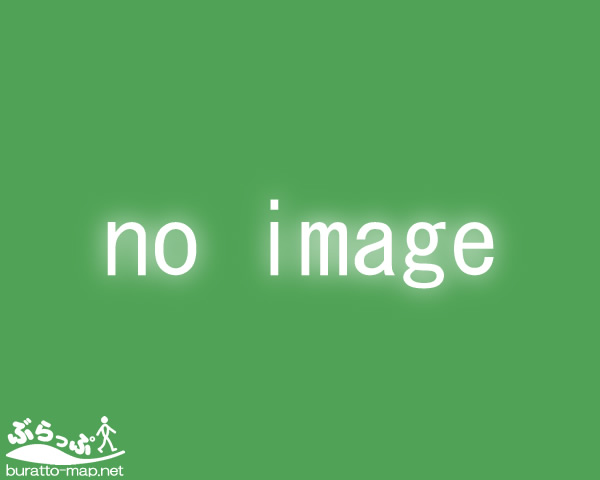
New Gel Development Boosts Coral Reef Settlement by 2000%

A group of researchers from UC San Diego has created SNAP-X, a gel that enhances the settlement and growth of coral larvae. As per the scientists at UC San Diego, coral larvae can be selective about their attachment sites. However, certain factors can influence their journey: specific chemicals linked to thriving reefs. The larvae will “detect” these chemicals, and upon encountering them, make the decision to attach to the related area. In an initiative to address reef degradation, that same group of scientists at UC has formulated a novel gel incorporating nano-particles that progressively releases some of the preferred “scents” for coral larvae.
In laboratory trials where the gel, SNAP-X, was applied to surfaces, researchers observed an increase in coral larvae settlement by up to 20 times compared to untreated surfaces. Recently published in *Trends in Biotechnology*, these findings appear to indicate that SNAP-X could provide an innovative solution for the restoration of coral environments. Remarkably, the gel also acts as a coating and can emit coral-attracting chemicals for up to a month, clearly showcasing its resilience.
“Corals are organisms, and their larvae are particular about where they will attach because once they do, they can’t move,” stated Daniel Wangpraseurt, the senior author of the study. “With SNAP-X, we engineered a material that releases chemical signals indicating to the larvae that this spot is a suitable habitat.”
Although they cover less than 1% of the ocean floor, coral reefs support about a quarter of all recognized marine species, providing nutrition, habitat, and a complex ecosystem. However, these “marine rainforests” are significantly threatened by climate change, with the Global Coral Reef Monitoring Network revealing that, since 2009, 14% of corals have vanished. In 2018, a special report from the Intergovernmental Panel on Climate Change estimated that coral reefs could decline by 70% to 90% with an increase of 2.7°F in average global air temperatures from pre-industrial times. At 3.6°F, the decrease could reach a staggering 99%.
This research emerges during a period of significant uncertainty for coral reefs and provides a potential beacon of hope. Historically, a considerable challenge for scientists has been the selectiveness of coral larvae, which tend to avoid settling on degraded reefs or attaching to structures built by humans. Nursery-grown corals presented additional complications due to their “genetic uniformity.”
“If a warming event or disease outbreak occurs, it can decimate the entire population,” Wangpraseurt states. “Ideally, we aspire to naturally recruit corals, which can introduce genetic diversity into the population and bolster their resilience.”
Wangpraseurt and his team at UC San Diego aimed to tackle these issues with SNAP-X, a material that provides the essential chemical signals to the larvae over an extended duration.
“If these chemical signals are simply released into the ocean, they dissipate rather swiftly, making it challenging for coral larvae to locate their source,” Samapti Kundu, a postdoctoral researcher collaborating with Wangpraseurt on the project, pointed out. “We needed to create a system similar to an extended-release drug delivery method that would gradually emit these settlement signals into the ocean.”
But how can such a system be fabricated? The team’s solution involves “encapsulating chemical compounds sourced from crustose coralline algae within nanoparticles made of silica.” These nanoparticles are then suspended in a liquid gel that solidifies “like Jell-O” upon exposure to UV light. Hence, the team can apply or spray this material onto a surface and subsequently cure it with UV light for enhanced durability.
“What we often overlook is that coral reefs are among the best structures for protecting our shorelines,” Wangpraseurt concludes. “I believe this material represents a breakthrough that may significantly aid in coral restoration.”
SNAP-X gradually emits specialized chemicals linked to healthy reefs, drawing in these larvae for up to a month. SNAP-X has the potential to be an unparalleled solution for restoring these habitats, which are some of the most vital marine ecosystems globally.
To discover more, refer to the team’s complete study in *Trends in Biotechnology*.
Sources: [Biomimetic chemical microhabitats enhance coral settlement](https://www.cell.com/trends/biotechnology/fulltext/S0167-7799(25)00126-X); [New Gel Could Boost Coral Reef Restoration](https://today.ucsd.edu/story/new-gel-could-boost-coral-reef-restoration); [An ink that boosts coral reef settlement by 20 times](https://www.eurekalert.org/news-releases/1083196); [Vanishing Corals: NASA Data Helps Track Coral Reefs](https://science.nasa.gov/earth